3 Comments
6/2/2017 16:34:40
Scott,
Reply
Philippe Demeur
8/18/2017 13:24:43
Nice article, to the point and full of wisdom. I agree the Panasonic Leica DG 100-400 mm is brilliant both on the GX8 and GH5 for handheld wildlife especially birds in flight. At the weight and size it no issue to carry it in the Scottish Islands for golden eagle and other wildlife. I was also pleasantly surprised by the 2* digital zoom bringing it to a 400-1600 mm equivalent, not perfect but in "emergency" it fulfilled my needs. With the digital zoon I would definitely not shoot handheld below 1/500 and boost my ISO from 125 (my usual) to 320 or higher depending on the circumstances.
Reply
Josh
2/28/2019 02:23:30
I am looking into starting photography. My interests wouls be nature and wildlife. How would the em10 mark 2 do in these regards? I dont want to fork over a tom of cash and not quite enjoy it as much as I think I am going to.
Reply
Your comment will be posted after it is approved.
Leave a Reply. |
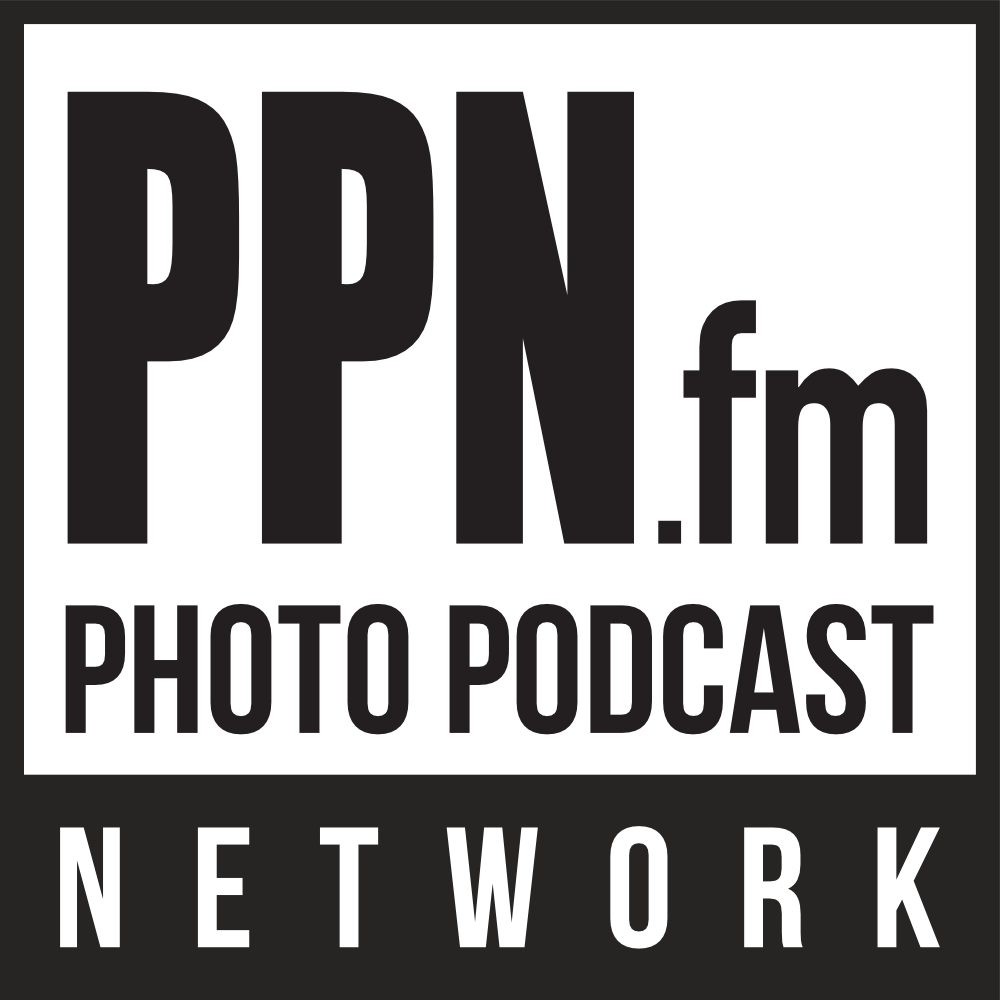

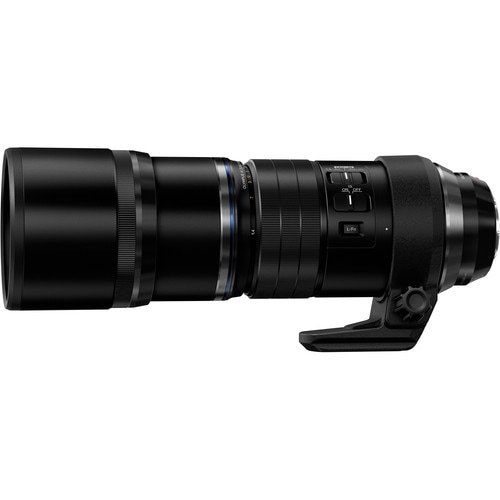
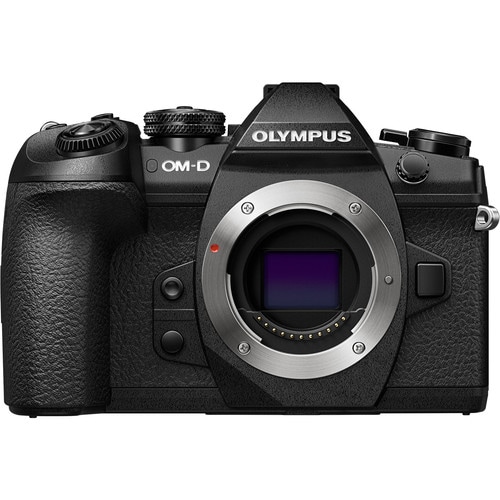
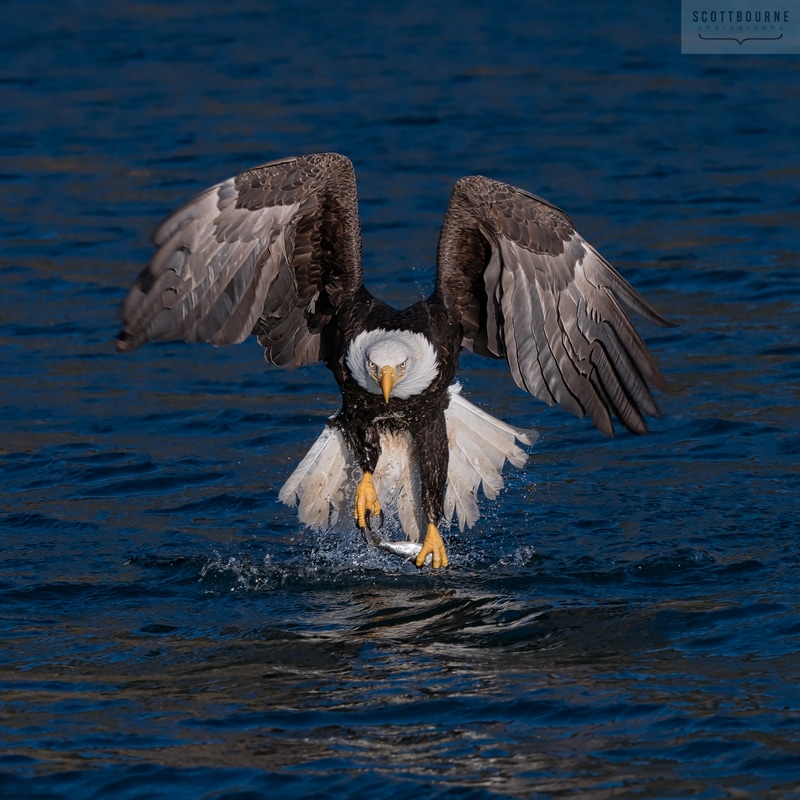
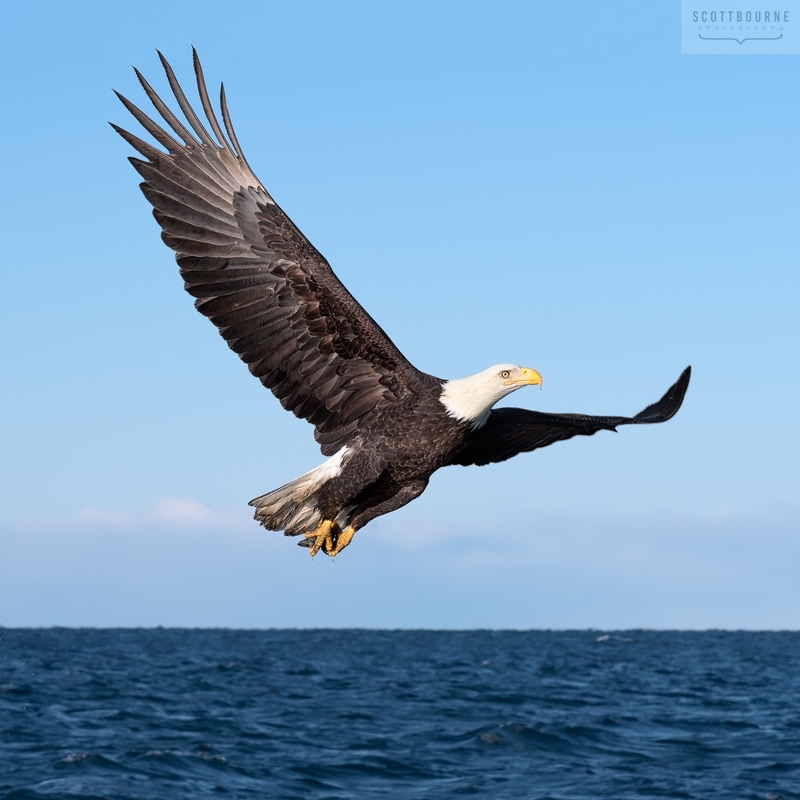
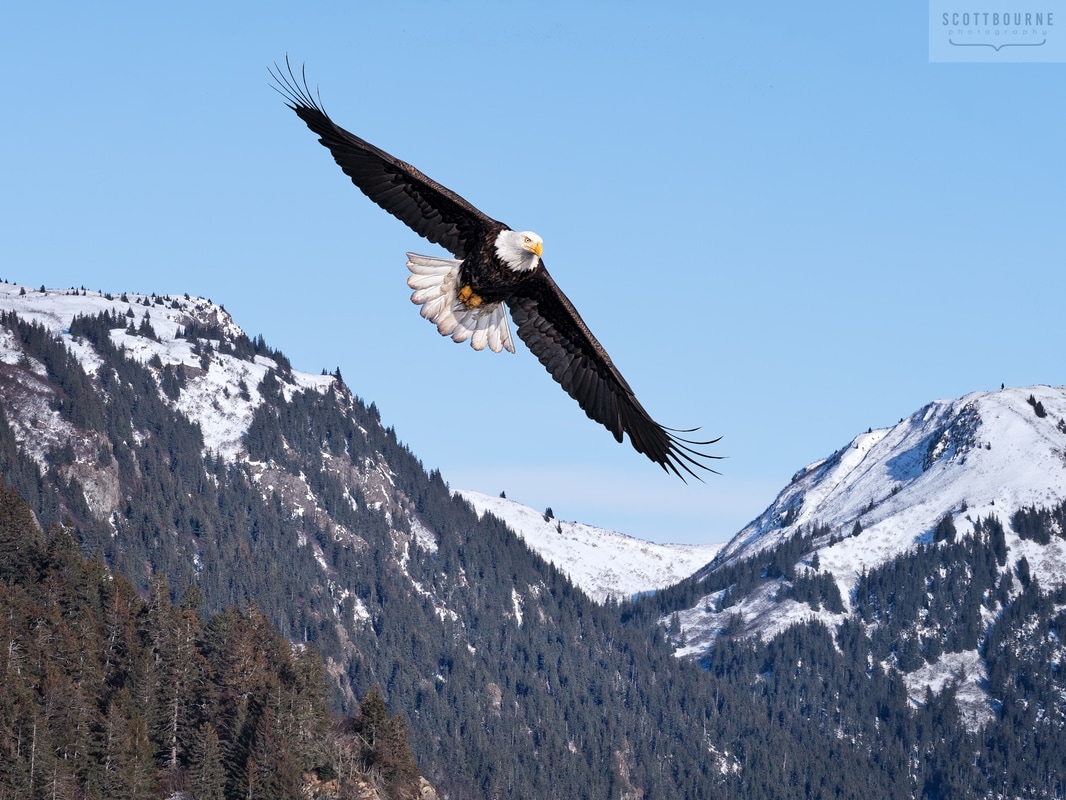
 RSS Feed
RSS Feed